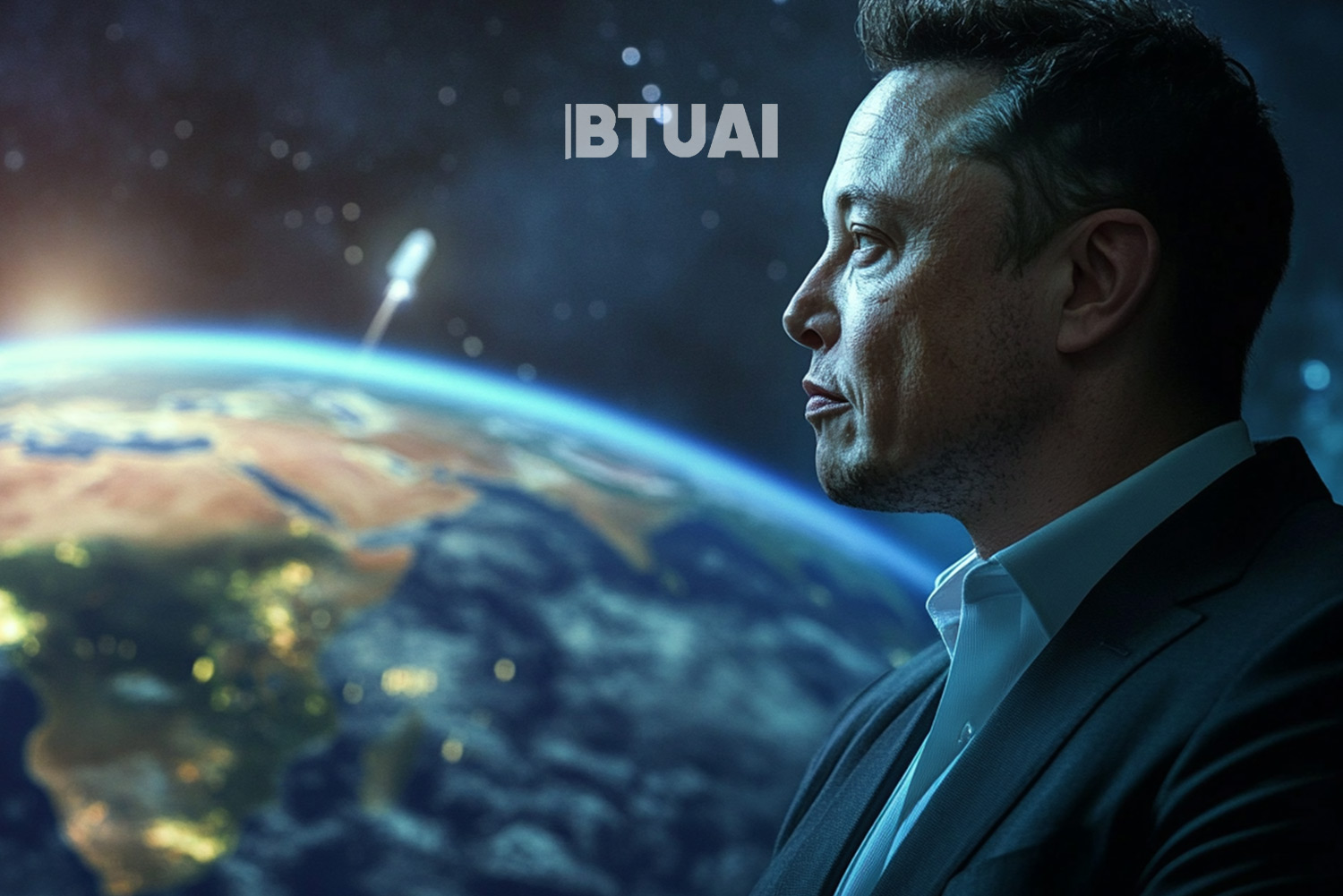Will Elon Musk Really Take Humanity to a New Planet?
Elon Musk continues to capture the world’s attention with goals that once seemed unimaginable. Sending humans to Mars —

Elon Musk continues to capture the world’s attention with goals that once seemed unimaginable. Sending humans to Mars — a concept that not long ago belonged solely to science fiction — is now at the center of political, engineering, and national ambitions. Yet despite political backing and technological determination, the success of this mission still hinges on overcoming numerous natural, technical, and political obstacles.
Currently, there are no legal barriers preventing human missions to Mars. No U.S. agency is obstructing the project, and Musk has successfully weakened the regulatory grip of the FAA, forming a close alliance with President Donald Trump’s administration, which has openly endorsed the idea. Trump even proclaimed the Mars mission as part of America’s “star-bound destiny.”
But while politics has cleared the path, the laws of physics remain unchanged. Flying to Mars is theoretically feasible as a problem of orbital mechanics, but it demands perfect timing, coordination, and an unprecedented level of infrastructure. The launch window to Mars opens only once every two years. If the U.S. truly wants to send humans to Mars before the end of Trump’s second term, the mission must take place by late 2028, with uncrewed test flights ideally beginning by 2026.
The central hope of this mission is pinned on Starship, Musk’s gigantic, fully reusable spacecraft — what he calls the “Mars Colonial Transporter.” Designed to carry up to 100 people at once, it is, by today’s standards, a bold and audacious undertaking. Yet the project faces daunting challenges: the ship’s mass, the enormous fuel requirements, and most critically, the orbital refueling system, something never before successfully implemented in human history.
As of now, no full Starship has reached Earth’s orbit. The two most recent flights of the improved “Block 2” model ended in explosions — one in January, the next in March. If this pace continues, SpaceX will struggle to launch the required number of refueling missions by 2026, further narrowing the already tight timeline for a manned Mars mission.
These delays also threaten NASA’s Artemis program, which aims to return humans to the Moon. NASA selected Starship as its lunar lander, with plans for Artemis III in 2027. But if Starship doesn’t perform, NASA’s own timeline collapses.
All of this unfolds amid geopolitical competition. China has openly declared plans to send astronauts to the Moon by 2030, using less complex systems and more reliable hardware. As a result, in Washington, the question is shifting: if not Mars, can we at least reclaim the Moon?
Despite the obstacles, Musk isn’t stopping. His vision goes far beyond a single presidential term. Mars colonization is his life’s mission — and he’s determined to pursue it with or without government assistance. Musk has both the financial capital and the technical ambition to try it independently. This is no longer just a government mission — it’s a personal quest that extends beyond Earth’s boundaries.
The most dangerous part of this plan isn’t the journey there — it’s the return trip. SpaceX’s vision includes sending a fuel plant to Mars in advance, designed to convert local CO₂ and ice into methane fuel. The idea is inspired by Robert Zubrin, a long-time intellectual partner of Musk’s. But deploying such a facility will require either massive solar arrays or still-experimental nuclear technology, which could push the timeline well into the 2030s.
That leaves two stark options: send humans to Mars hoping the fuel system will be operational upon arrival, or take the enormous risk of launching them without a guaranteed way home. This is a far cry from the certainty that President Kennedy once promised — that man would go to the Moon and return safely.
And yet, Musk presses forward. He has already created a space where science, politics, and business converge in the name of human exploration. If there are people brave enough to take that step, Musk will have volunteers and a crew. He’s no longer acting as a traditional entrepreneur, but as a modern explorer, prepared to venture into unknown worlds, without fear — or assurance of return.
Mars is no longer just a red planet. It has become a symbol of humanity’s future. And if Elon Musk succeeds, it won’t merely be a technological achievement — it will be a civilizational reset, forcing us to fundamentally rethink what is possible.
Source: Based on materials from The Economist




